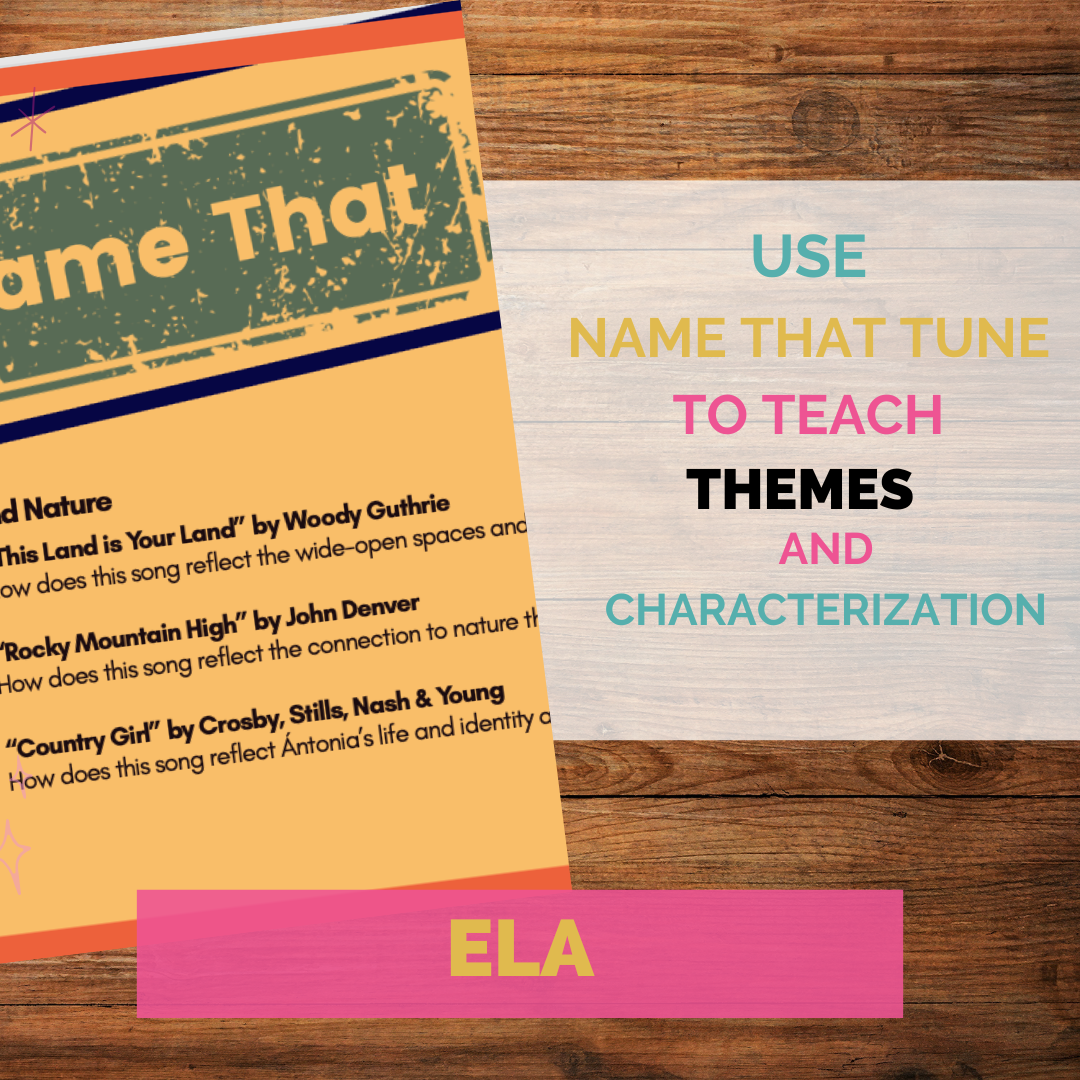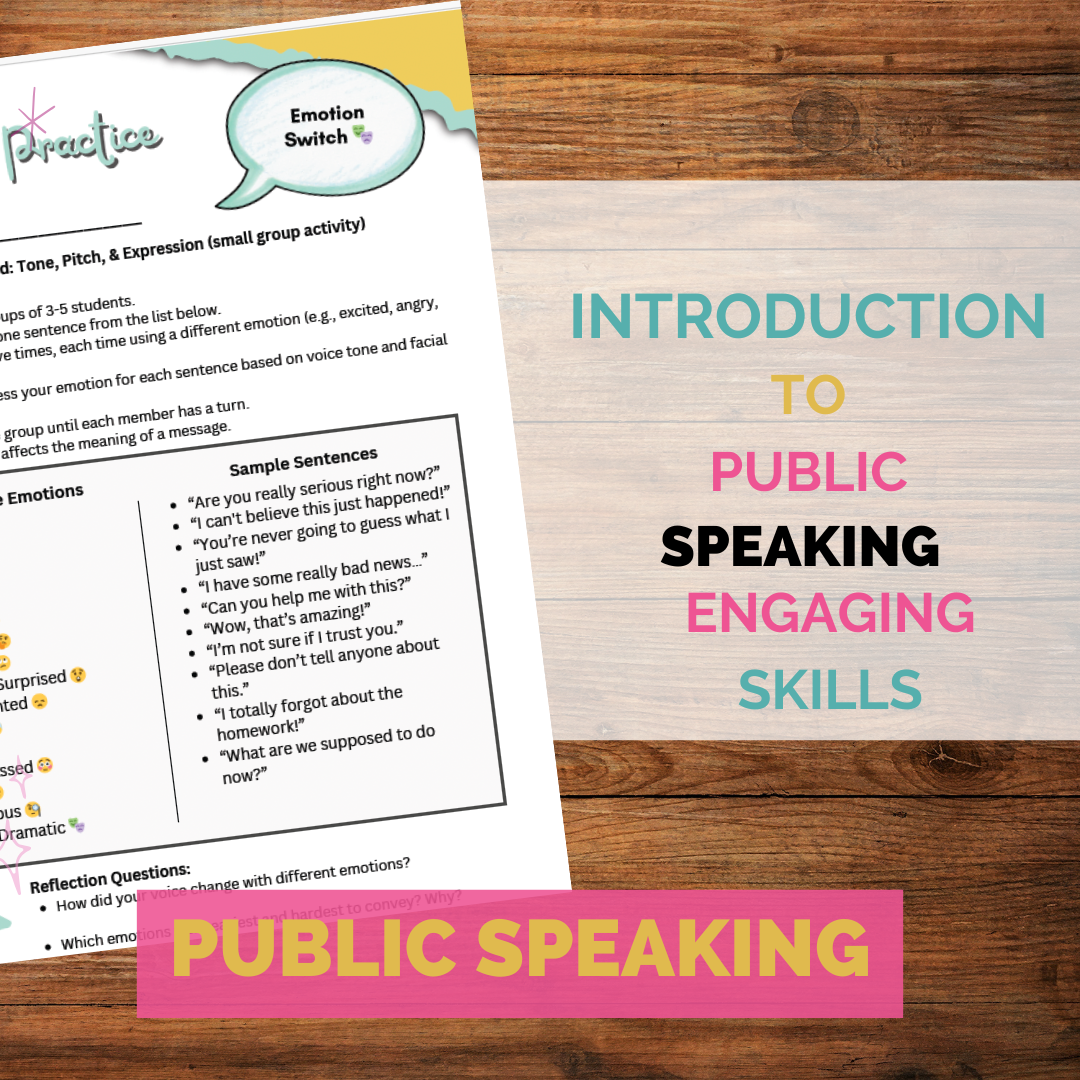Alice Walker’s short story “Everyday Use” is a timeless gem in American literature that delves into themes of heritage, identity, and the value of cultural artifacts. Teaching this powerful narrative offers a unique opportunity to engage students in critical thinking and meaningful discussions. In this blog post, we’ll explore great ideas for teaching “Everyday Use” and help you create a memorable learning experience for your students.
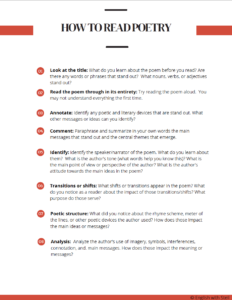
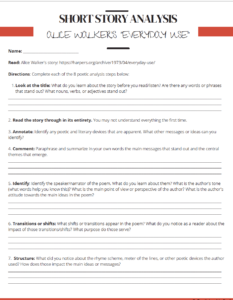
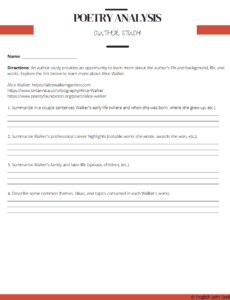
Unlocking the Riches of "Everyday Use" by Alice Walker: Great Ideas for Teaching
Character Analysis
Start by introducing the story’s three main characters: Mama (the narrator), Dee (Wangero), and Maggie. Encourage students to analyze each character’s personality, motivations, and evolving relationships. Discuss how their perspectives on heritage and culture differ.
The Setting and Symbolism
“Everyday Use” is set in a rural, Southern backdrop. Explore the significance of the setting and its connection to the characters and their heritage. Pay special attention to the symbolism of the house, the quilts, and other everyday items.
Exploring the Title
Engage students in a discussion about the story’s title, “Everyday Use.” What does it imply, and how does it relate to the characters’ attitudes toward material culture? Encourage students to think critically about what it means to value and appreciate everyday objects.
Visual Aids and Artifacts
Bring the story to life by using visual aids and actual artifacts. Show images of quilts, handmade crafts, and other items mentioned in the story. Consider bringing in examples of quilts or other artifacts to allow students to see, touch, and appreciate their craftsmanship.
Quilt Analysis
The quilts in “Everyday Use” hold significant symbolic value. Explore the history and tradition of quilting, particularly in African American culture. Encourage students to analyze the quilts’ symbolism and the contrasting perspectives of Dee and Maggie regarding their use.
Written and Oral Reflections
Ask students to write reflections from the perspective of each character. This exercise allows them to delve deeper into the characters’ thoughts and feelings. Additionally, organize class discussions where students can share their reflections and engage in thoughtful dialogue.
Role-Playing and Discussions
Organize role-playing activities where students take on the roles of Mama, Dee, and Maggie. This helps them understand the characters’ perspectives and motivations on a deeper level. Follow up with discussions about how their roles made them feel and the insights gained.
Cultural Context
Provide historical and cultural context to help students better understand the characters’ backgrounds and choices. Discuss the Great Migration, the Civil Rights Movement, and the changing dynamics of African American identity during the time the story is set.
Compare and Contrast
Encourage students to compare and contrast the characters’ viewpoints on heritage, particularly Mama and Dee. Explore how these differing perspectives affect their relationships and the story’s outcome.
Writing Prompts and Creative Projects
Assign writing prompts that prompt students to reflect on their own heritage and the cultural artifacts that hold personal significance. Encourage creative projects where students can create their own visual representations or narratives inspired by the story’s themes.
Final Thoughts
Teaching “Everyday Use” by Alice Walker is an opportunity to delve into complex themes, celebrate the significance of heritage, and engage in meaningful discussions about identity and culture. By using these great ideas, you can enrich your students’ understanding of the story and its enduring relevance in our diverse world. Ultimately, “Everyday Use” is not just a story but a gateway to exploring the rich tapestry of human experiences and the importance of preserving our cultural legacies.


